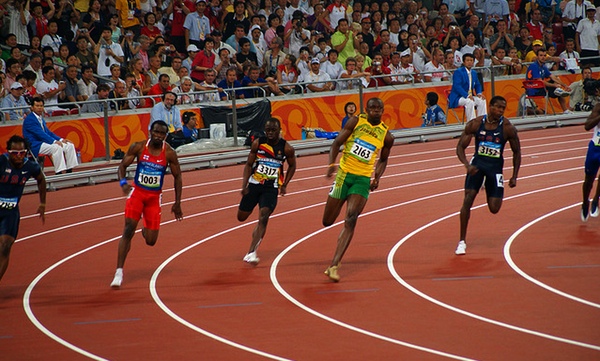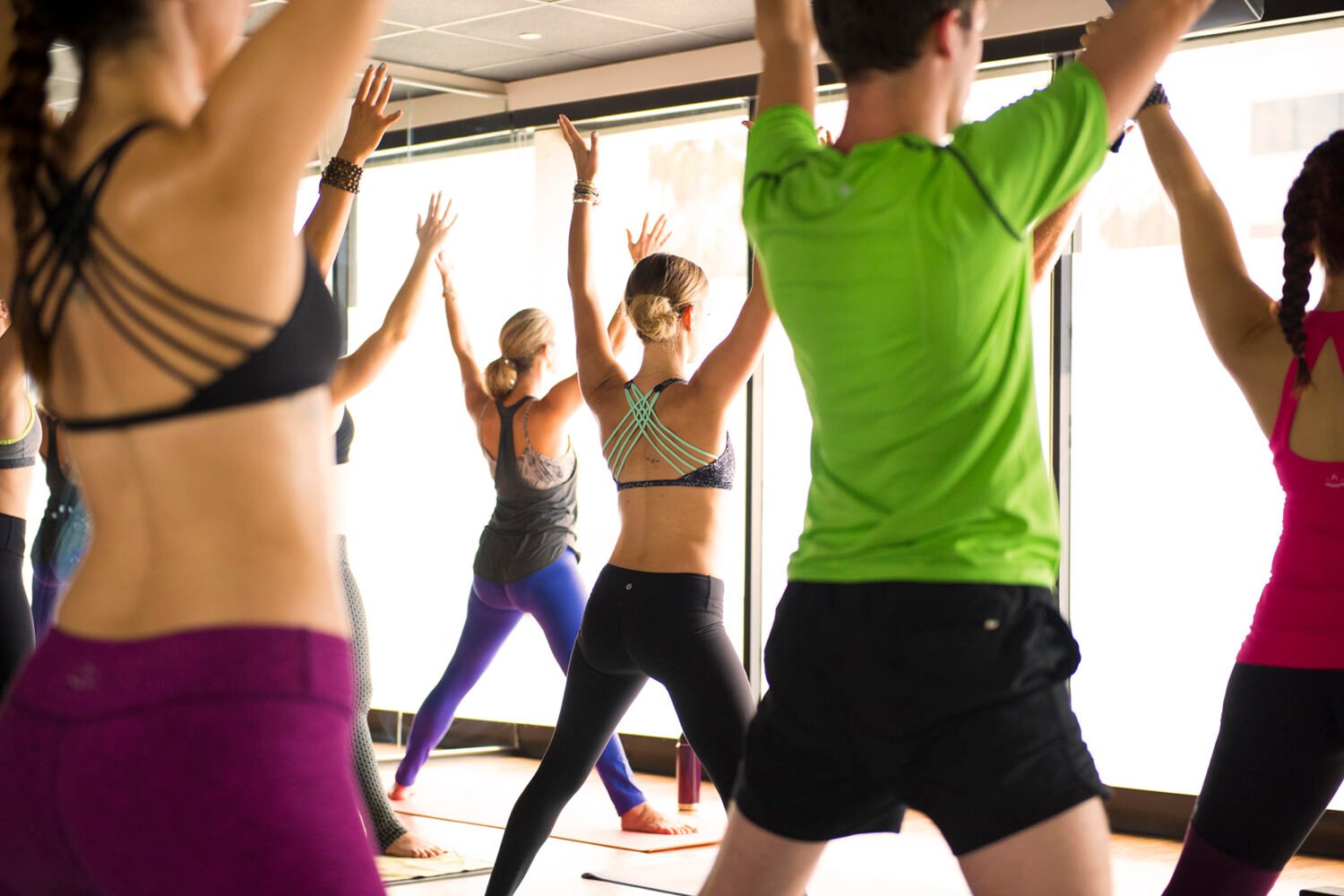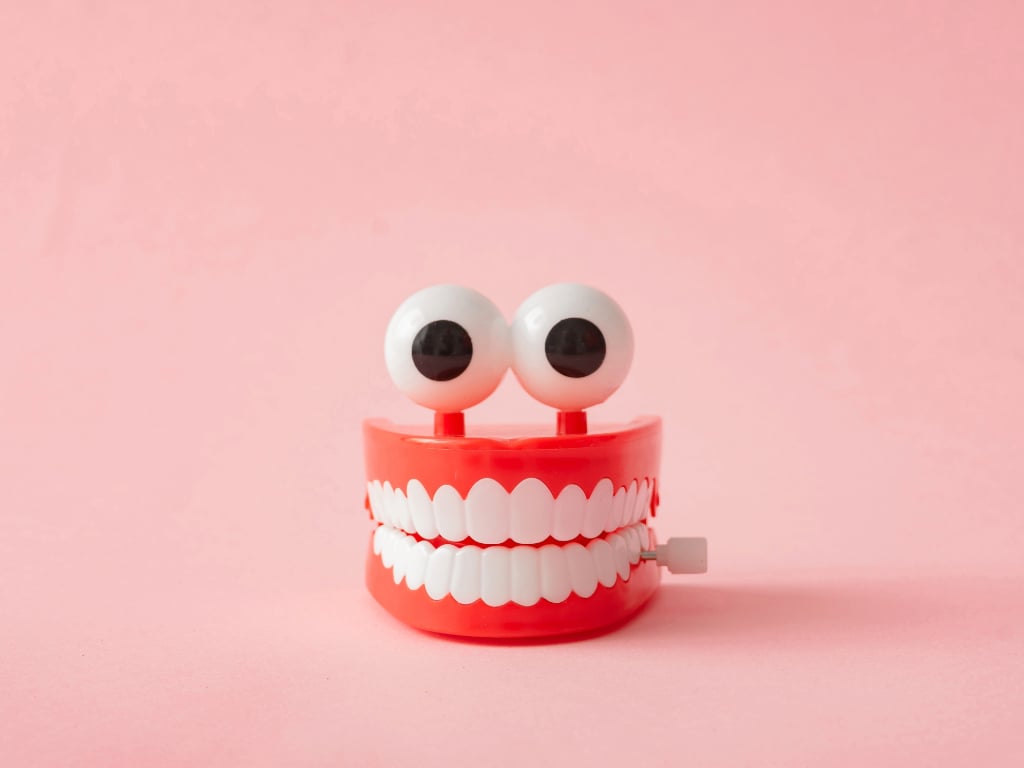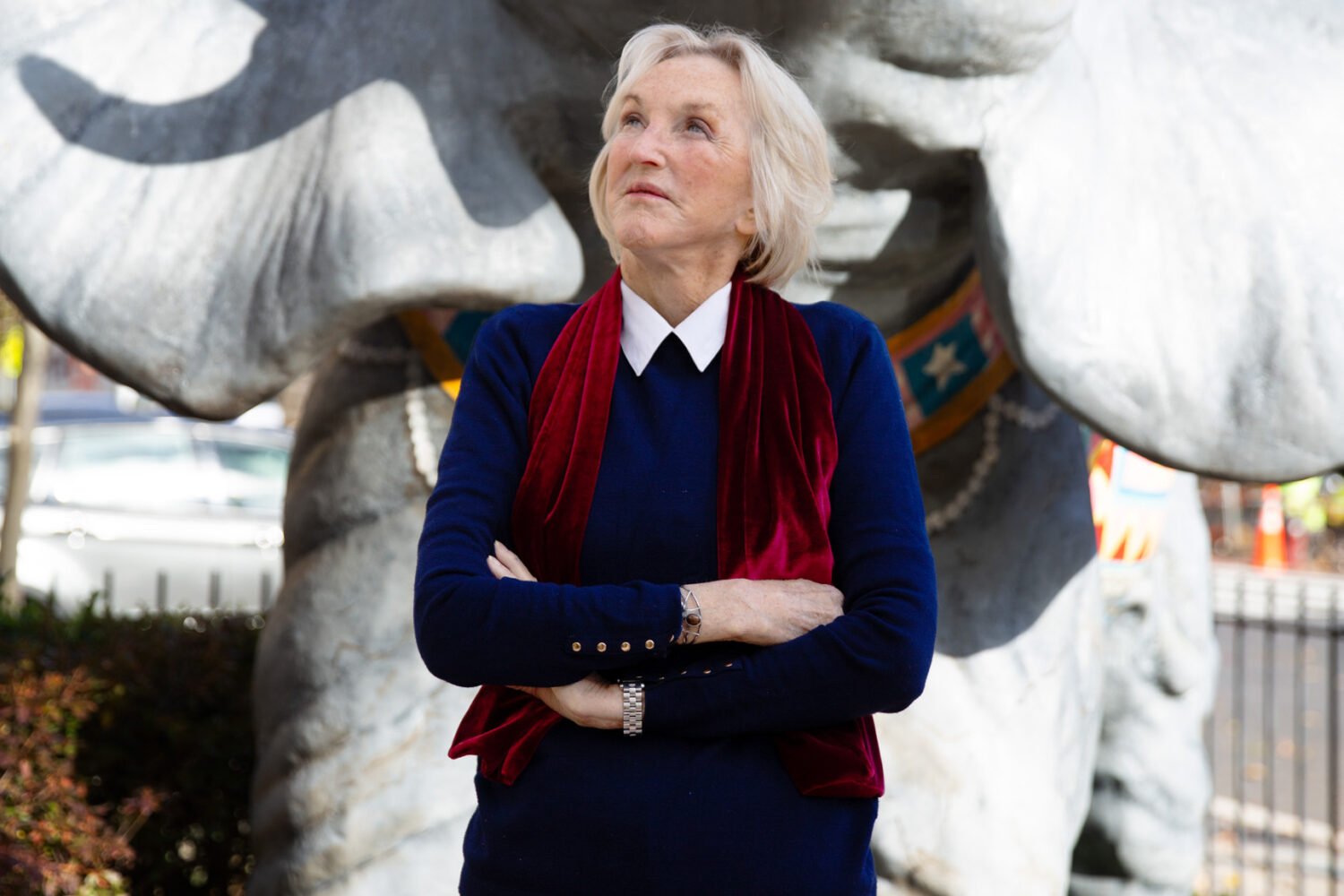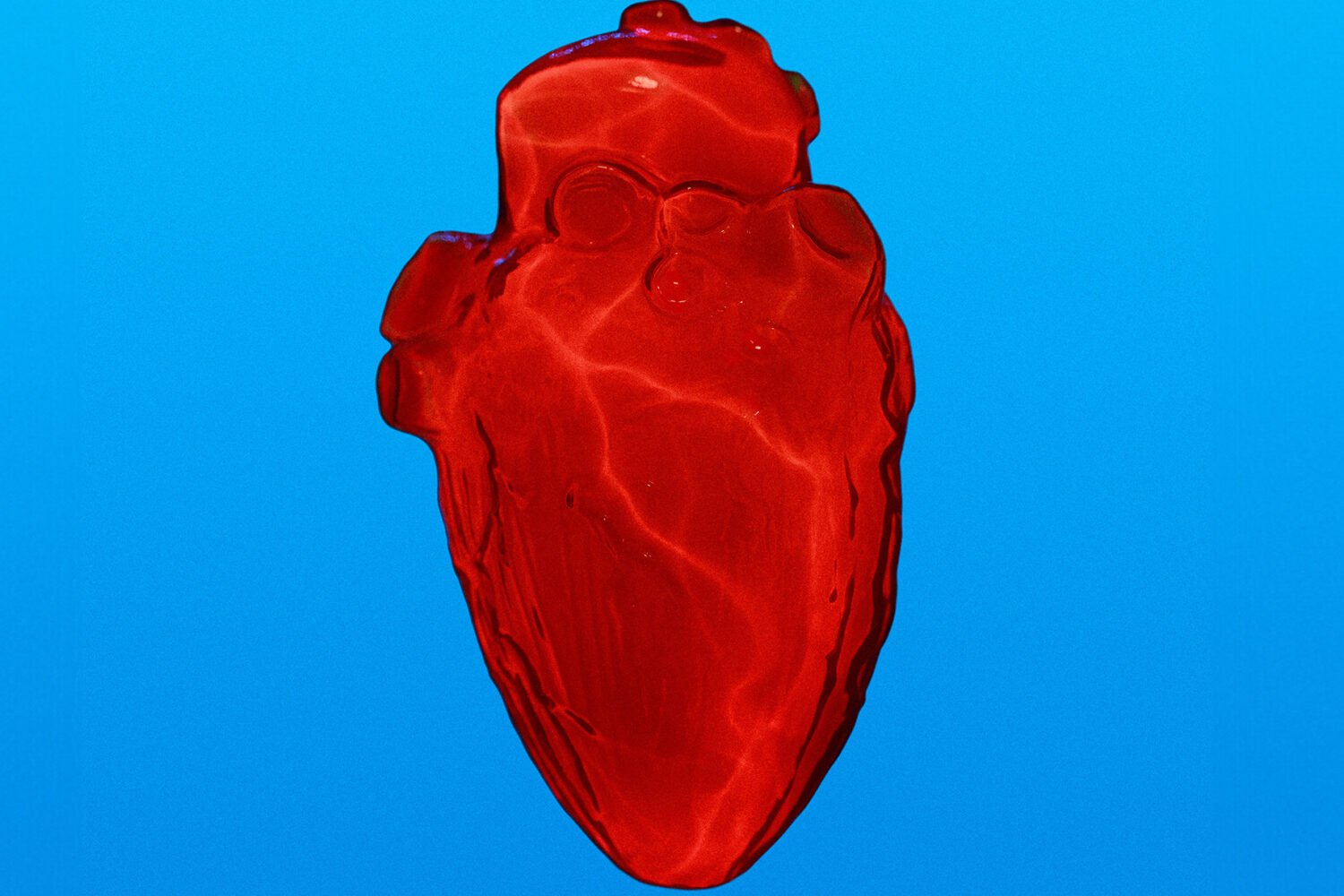You’ll burn more calories after a high-intensity workout like sprinting, but you don’t have to overdo it. Photograph courtesy of Flickr user bleublogger.
It’s a question everyone wants to know the answer to: Can I keep burning more calories after a workout?
The short answer, says personal trainer Grant Hill, is yes.
Excess post-exercise oxygen consumption, better known as the afterburn effect, is the number of calories burned after a workout, when the body expends energy to return to resting level. “When you’re working out, your body’s breaking down and utilizing fuel, muscles are getting torn, and everything has to regenerate for the body to return to homeostasis,” Hill explains. In order for the body to do that, it has to use what calories are left for energy.
The afterburn effect does exist, Hill says, but “the conflict in the research is how to maximize it.”
Study after study has found mixed results on what type, length, and intensity of exercise cause the body to burn the most calories post-workout. Plenty of research has proven that high-intensity exercise results in more extra calories burned post-workout. One study found that men who cycled at high intensity for 45 minutes—to the point where they couldn’t hold a conversation—burned an extra 190 calories over the next 14 hours.
However, a study published in the Journal of Sports Medicine this past January found that doing low-intensity resistance exercises slowly burned the same amount of calories 180 minutes after the workout as doing high- or low-intensity exercises at a normal pace.
The results make sense, says Hill. “Our bodies prefer to be in low-intensity movement most of the time. Physiologically, that’s how we’re built and made.”
That said, when creating a workout plan, one of the worst things you can do is go into every single workout with maximum intensity for, say, 35 to 60 minutes. “Your body will be overtrained, it’ll break down, and you’ll get injured,” says Hill.
Instead, the best way to maximize your afterburn effect is by combining both high-intensity and low-intensity training. Try a high-intensity workout two to three days a week, such as weight training, cycling, or sprints. Use the rest of the days to do low-intensity training, like walking or a leisurely run or swim.
Of course, this doesn’t mean you can be totally sedentary the rest of the day and still expect to torch more calories. Unfortunately, it doesn’t work that way, Hill says. “It’s a nice benefit to say, ‘I put in 30 minutes and gave everything I got,’” but you should still get up from your desk often and move at least 30 to 60 minutes a day to ensure even more efficient calorie burn.
“If you want to optimize your body now,” Hill says, “you want to find ways to be moving as much as possible.”

